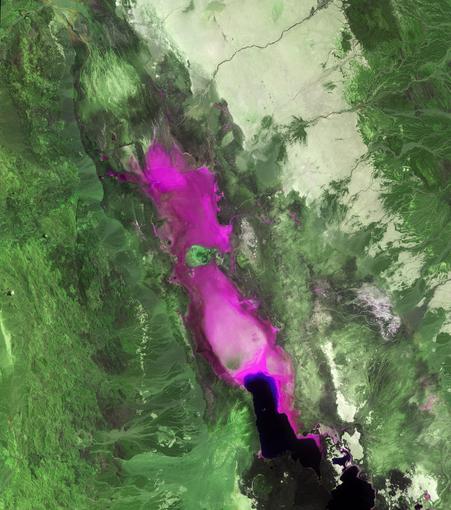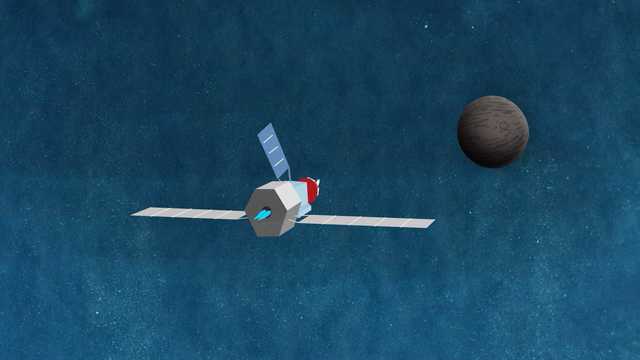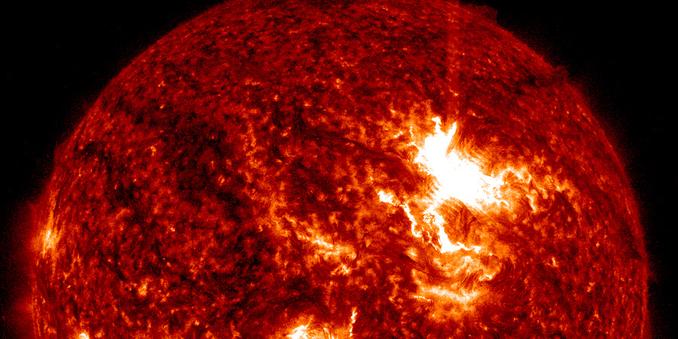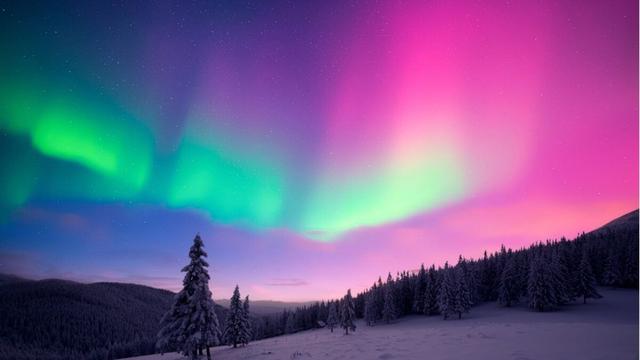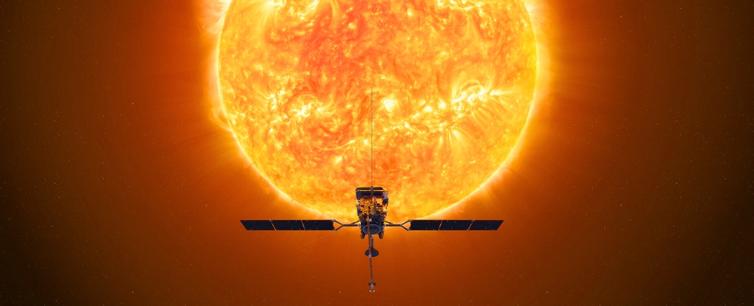Even the sun is getting in on the #ExtremeWeather action! Yikes!
'The sun is slowly waking up': NASA warns that there may be more extreme #SpaceWeather for decades to come
News
A new NASA study suggests that solar activity will remain high or rise further in the coming decades, contradicting previous assumptions that the sun was quieting down — and scientists "don't completely understand" why.
By Harry Baker, published September 17, 2025
"NASA scientists are warning that the sun may be "waking up" from a brief period of relative inactivity, contradicting past assumptions about our home star. If true, this could mean that decades of potentially dangerous space weather are in store.
[...]
"In a new study, published Sept. 8 in The Astrophysical Journal Letters, researchers analyzed multiple metrics of solar activity, including solar wind, magnetic field strength and sunspot numbers, and found that they have been on an upward trend since around 2008, and could rise further over future cycles, suggesting that the deep solar minimum theory is well and truly dead.
[...]
"During the current maximum, Earth has also been hit by several major geomagnetic storms, or disturbances to the planet's magnetic field. The most noteworthy was an 'extreme' event in May 2024, which triggered some of the most vibrant aurora displays in centuries and caused over $500 million in damages."
Full article:
https://www.livescience.com/space/the-sun/the-sun-is-slowly-waking-up-nasa-warns-that-there-may-be-more-extreme-space-weather-for-decades-to-come
#SolarFlares #SolarCycle25 #NewNormal? #CarringtonEvent?
